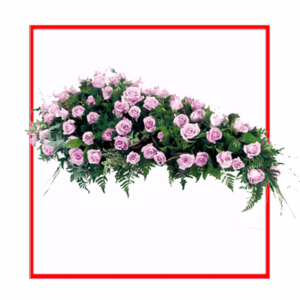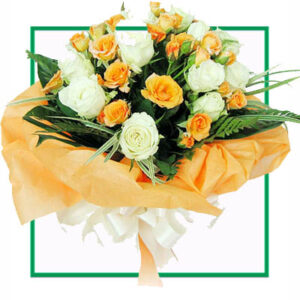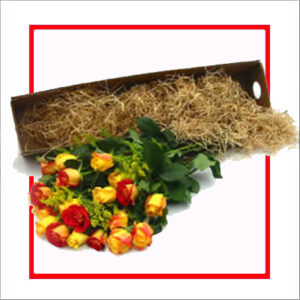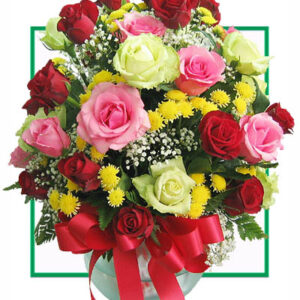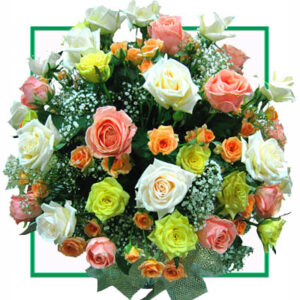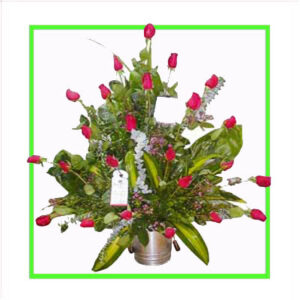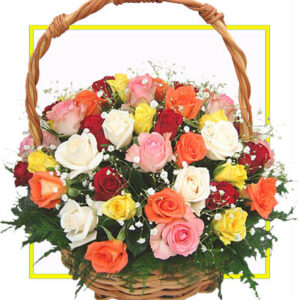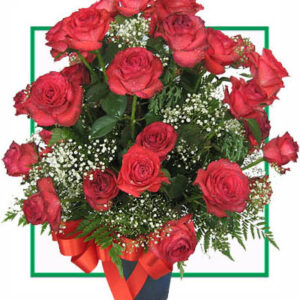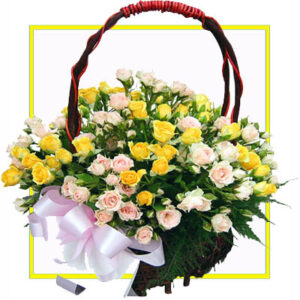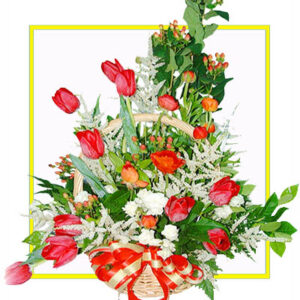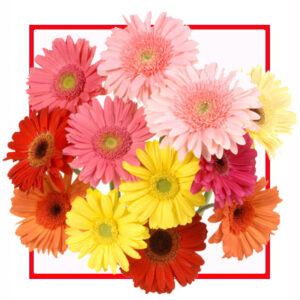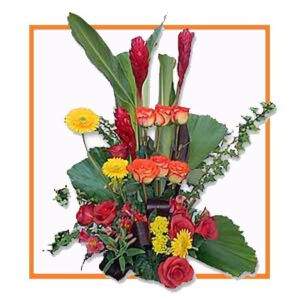Bhatta Bazar is the commercial hub for Purnia district and the most crowded place in the city of Purnia. There are many shopping complexes and branded showrooms in Bhatta Bazar. After Patna Purnia is a big hub of medicine. Gulab Bagh in Purnia houses the big and famous ‘Anaaj Mandi’ which is a major grain storehouse and also India’s largest maize trading centre. It is from here that the grain requirements of the northeast states are met. Due to its favourable location in the eastern part of the country, it has the potential of becoming a prime centre for trade and commerce. Bhatta Bazar and Line Bazar are the most important and busiest parts of the city.
There is a hilly tract in the north with a small hill of Calcareous belt, called Chotapahar near Manihari. It has a slope from the north to the south and is traversed by a number of rivers and their tributaries. The district is composed of alluvial soil, partly old and partly new. The old alluvium is found in the north of the district where it consists of kankars (stone dust). The new alluvium is available in the south of the district and is composed of silt, clay and the sand. The alluvial soil is supposed to be brought by the Ganges and its tributaries from the Himalayas and is very rich with fertilizing elements.
The origin of the name appears to have different sources. The name possibly originates from the Sanskrit word Purna–Aranya which stands for “complete jungle”. Purnia could be an altered form of the old name Purania, derived from the word purain or Lotus, which is said to have grown on the Kosi and Mahananda rivers. This derivation is stated by O’Malley and is also in the old gazetteer. An alternative could be a derivation from the words Pur Aranya. W.W. Hunter and Buchanan have mentioned the name of Purnia, it being a forested area, using combination of the words purn (full) and aranya (forest).
Purnia has a tradition of at least a few centuries behind it. Under the Mughal rule, the district comprised Sarkar Tajpur, east of the Mahananda river and Sarkar Purnia, west of the river. Purnia, at that time was a great military seat under the rule of a Fauzadar as a frontier district; Purnia has always had an extra administrative importance. The district of Purnea in modern history was formed by the East India Company on 14 February 1770. Even in the early British days, Purnia was considered to be an important responsibility particularly as it was located on the border of Nepal.
Purnia railway junction is situated on Katihar-Jogbani broad gauge railway line of North East Frontier Railway (NFR). This railway line earlier was metre gauge. Another metre gauge line of East Central Railway (ECR) connects Purnia with Saharsa via Banmankhi. Conversion of the 36 km long Purnia-Banmankhi stretch in Purnia-Saharsa section to broad gauge under project Unigauge is likely to be completed in 2013. There are daily and weekly trains to Kolkata, New Delhi and other neighboring cities.
Purnia is known for its moderate climate; it has also remarkably earned its name as ‘Poor’s man’s Darjeeling’ due to its favourable climate. Purnia, with the highest rainfall in Bihar state, has a largely humid climate, with humidity rising to above 70%. A cold season, from November to February, is followed by a hot season from March to June. The monsoon season begins in early June and lasts until September and 82% of total annual rainfall falls during the monsoon season.
Purnia city is supplied agricultural products from its surrounding countryside. The alluvial soil, irrigated by the Kosi and Mahananda rivers, has been particularly suited to the paddy cultivation of rice. Other crops grown are potatoes, wheat, khesari, chickpeas, chili peppers, maize, lentils, arhar dal, barley, sugarcane, tobacco, makhana, mung beans, and jute. The previous extensive growing of jute supported a former flourishing jute industry which has now declined.
National Highways NH 31, NH 57 and NH 107 give access to the other states and cities, where state highways connect the neighbouring cities and villages. The east-west corridor connecting Silchar in Assam to Gujarat passes through Purnia. It is a modern six-lane highway constructed by NHAI (National Highway Authority of India). State Highways 62, 65 and 77 also pass through Purnia.
Purnia has always been the centre of education in the north Bihar region. It has many schools. Founded in 1800 at the time of British rule, Zila School is Purnia’s oldest, and one of the city’s largest. Jawahar Navodaya Vidyalaya (14 km away from main city) is a prestigious school of this city run by government. Purnia has a Kendriya Vidyalay.
As per 2011 census, Purnia Municipal Corporation had a total population of 280,547, out of which 148,021 were males and 132,526 were females. It had a sex ratio of 895 females to 1,000 males. The population below 6 years was 31,822. The literacy rate for the 6+ population was 76.53% compared to 64.3% national average.
January, the coldest month, has a mean daily minimum temperature of 5 to 10 °C and a mean daily maximum of 20 to 25 °C. Wind is typically light in the non-monsoon seasons but during the monsoon, storms and depressions originating in the Bay of Bengal cause heavy rain and strong winds.
Purnia is a large centre for sale and service of automobile, the second largest centre after Patna. It is also the only city other than Patna in Bihar where International Driving Permit is issued.
There are two engineering colleges, an agriculture college, Purnia College, Women’s College and Law College affiliated to Aryabhatta Knowledge University and B N Mandal University.
A medical college has been proposed by the Bihar government. Indian Red Cross Society has the largest blood bank in the state after Patna with a capacity of 1,000 units.
Maithili, Hindi and Bengali are the principal languages of Purnia, spoken with Santhali, Surjapuri, Polia, Angika and Santhali dialects. Hindi is the official language.
Purnia, spelt ‘Purnea’ by the government, is a city and a Municipal Corporation in Purnia district in the Indian state of Bihar. It is located 300 km from Patna.
Purnea Airport located within the cantonment area has sporadic flights to Patna and Kolkata. The nearest commercial airport is about 150 km away at Bagdogra.
The name of Purnia’s 600 year old temple of Mata Puran Devi (Kali), located about 5 km outside the city, is believed to be the name origin of Purnia.
Purnia Urban Agglomeration had a population of 310,817 in 2011 and comprised Purnia Municipal Corporation and Kasba (Nagar Panchayat).
Send Flowers to Purnea
CopyRights © 2024 Glowyflowers.com. (SV Mobile Teleshoppe Private Limited.)All Rights Reserved
Product has been added to your cart



